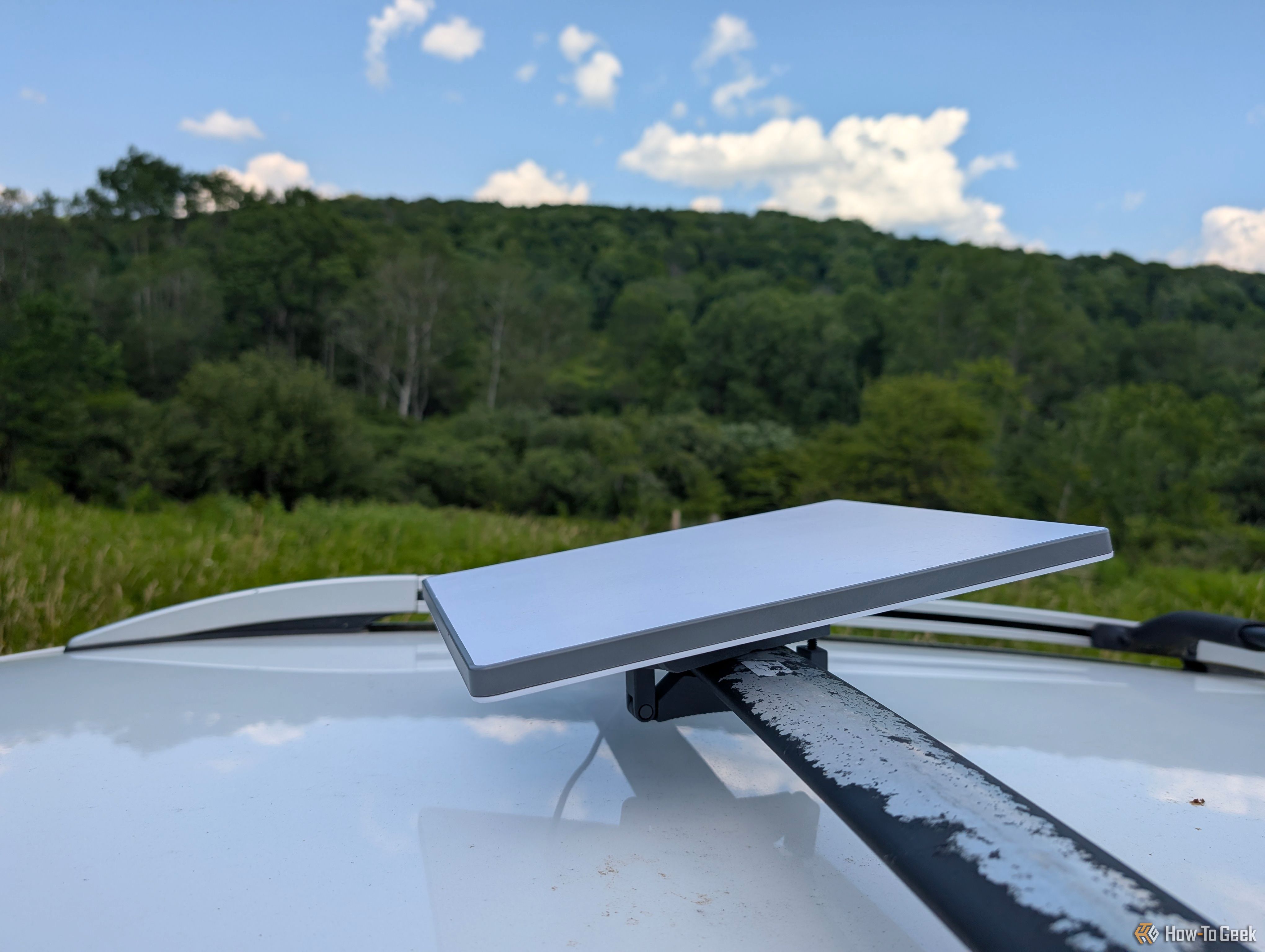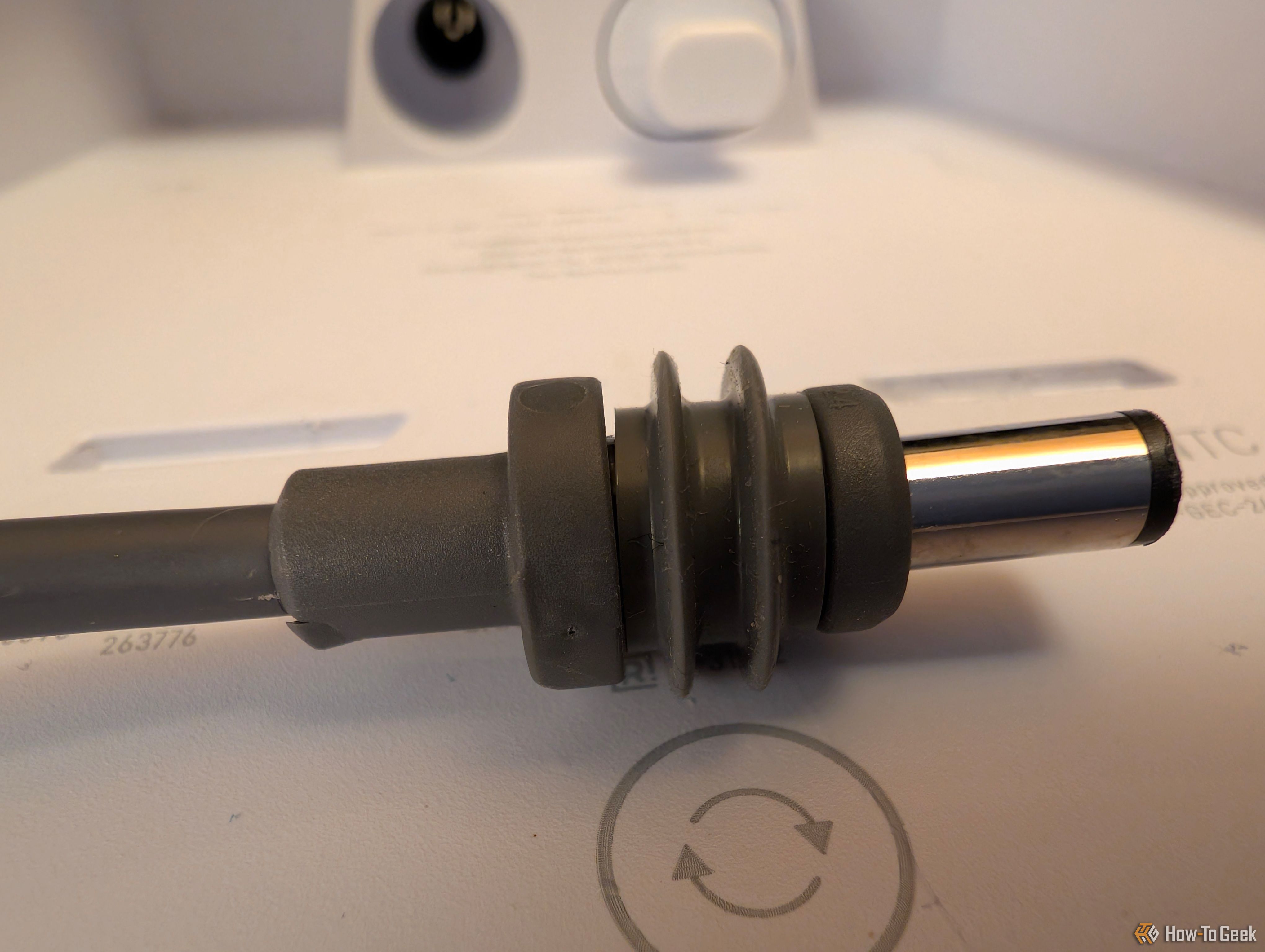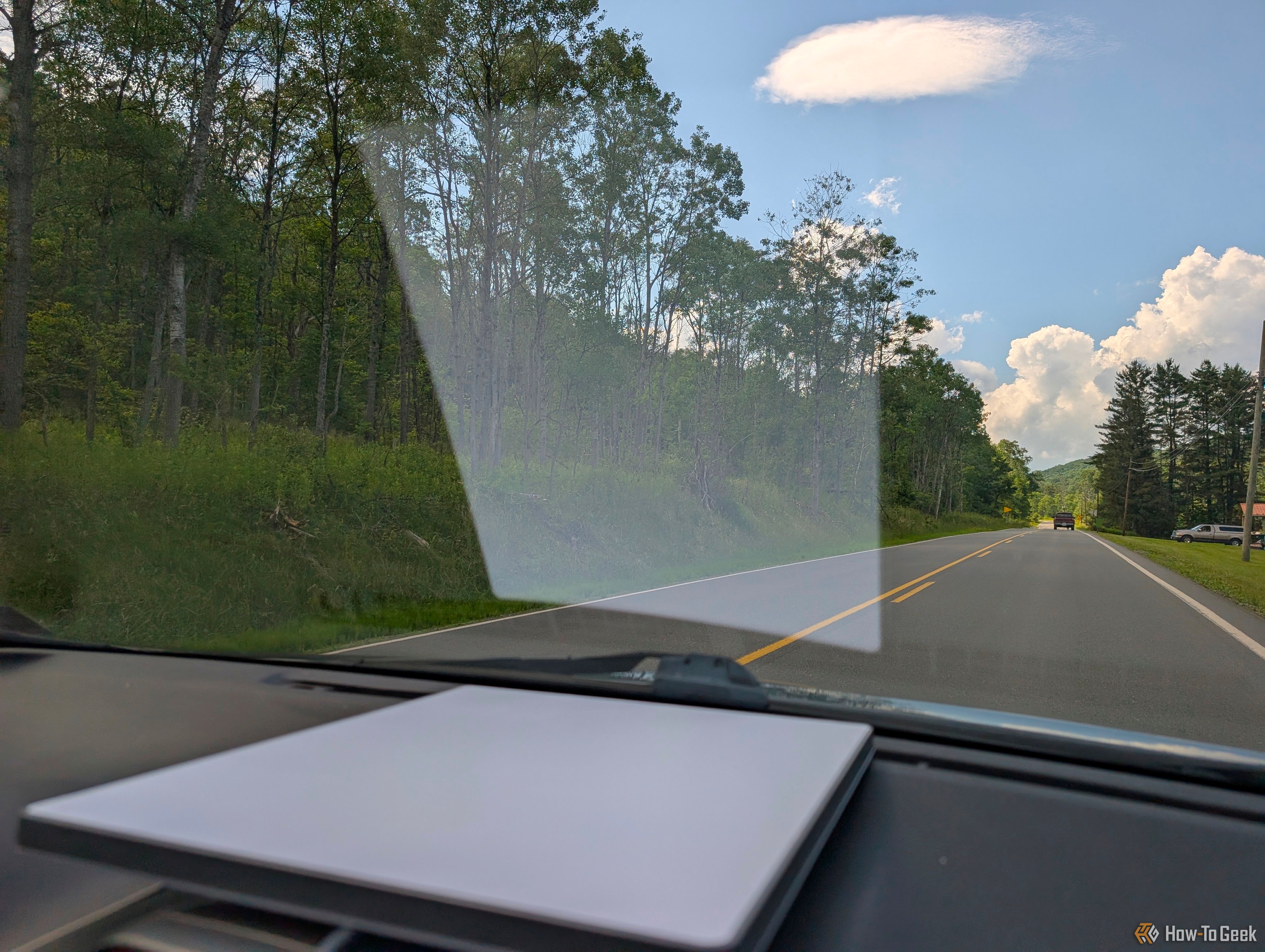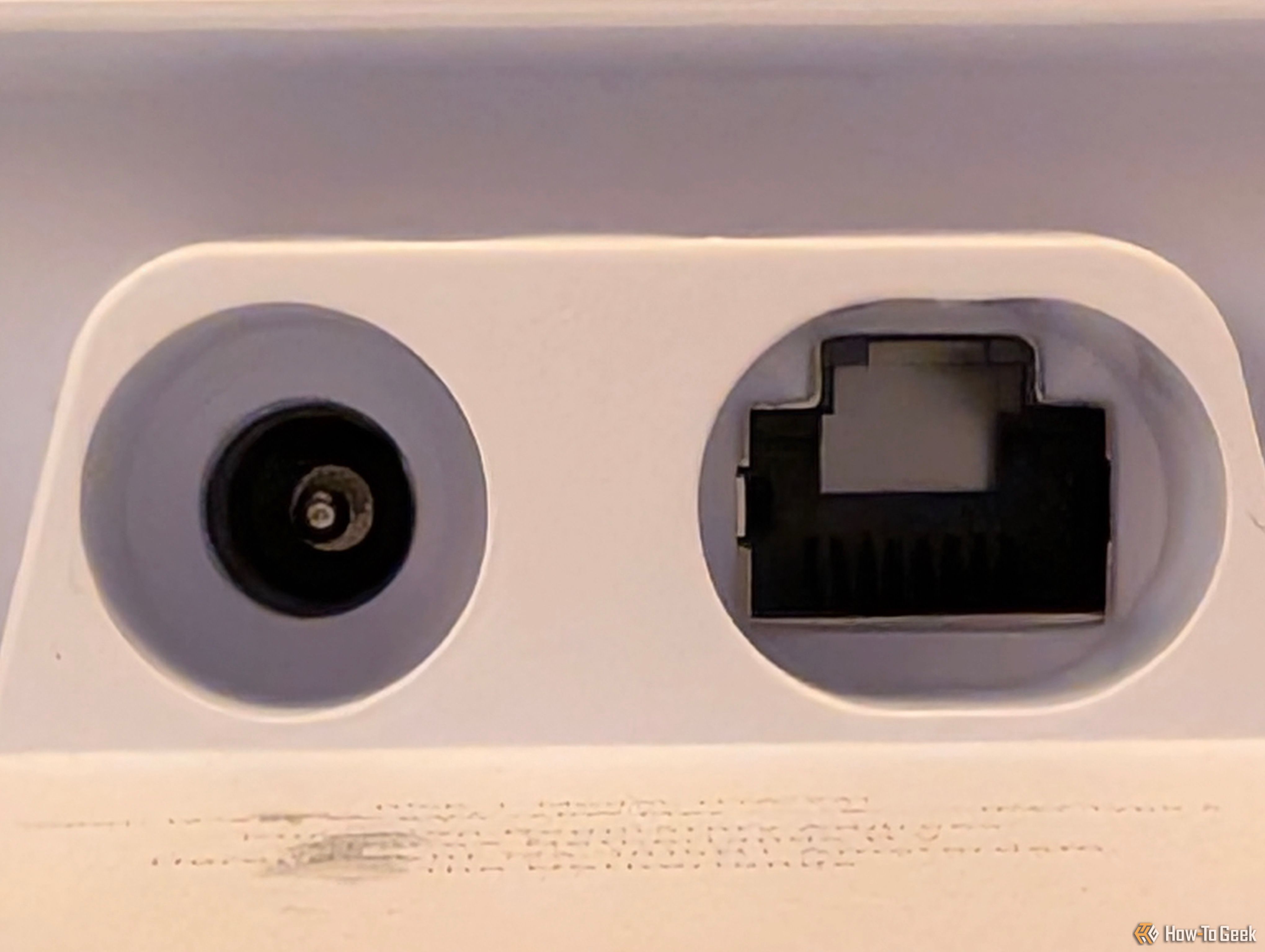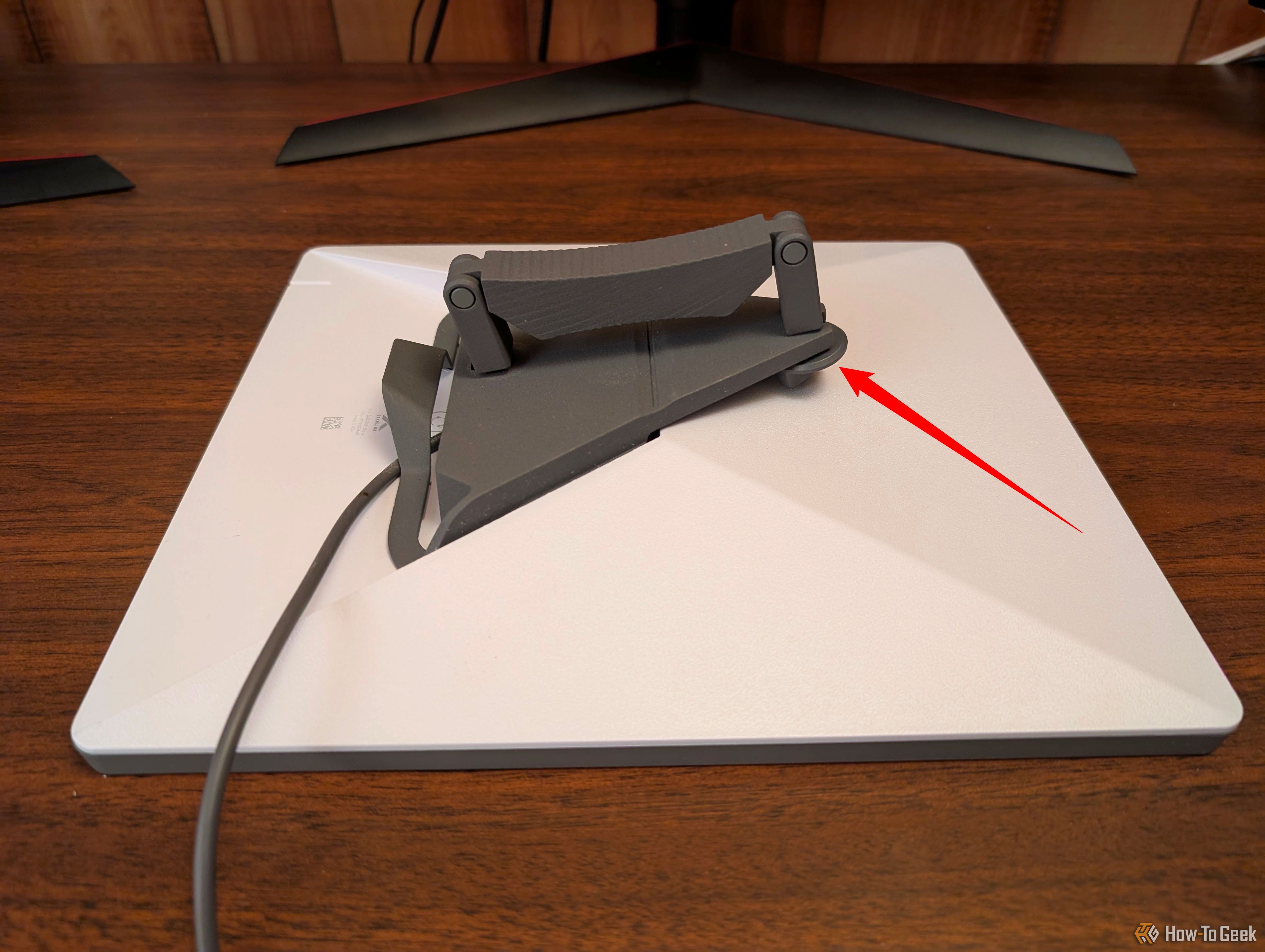Wireless communication doesn’t normally feel like a novelty in 2025 since Wi-Fi and cellular networks have become widespread. However, the Starlink Mini—which communicates using satellites—feels nothing short of revolutionary. It is a superb device, whether you need it for an emergency, work, or fun.
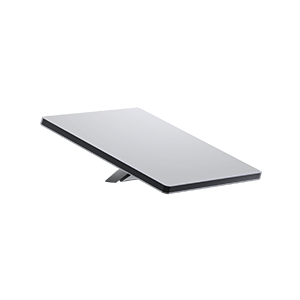
- Brand
-
Starlink
- Range
-
1,200 sq.ft
- Wi-Fi Bands
-
802.11a/b/g/n/ac
- Ethernet Ports
-
One Ethernet LAN port
Starlink Mini is a compact, portable kit that can easily fit in a backpack, designed to provide high-speed, low-latency internet on the go. It includes a built-in WiFi router, lower power consumption, DC power input, and max download speeds over 100 Mbps.
- Light and Easily Portable
- Exceptionally Easy Setup Process
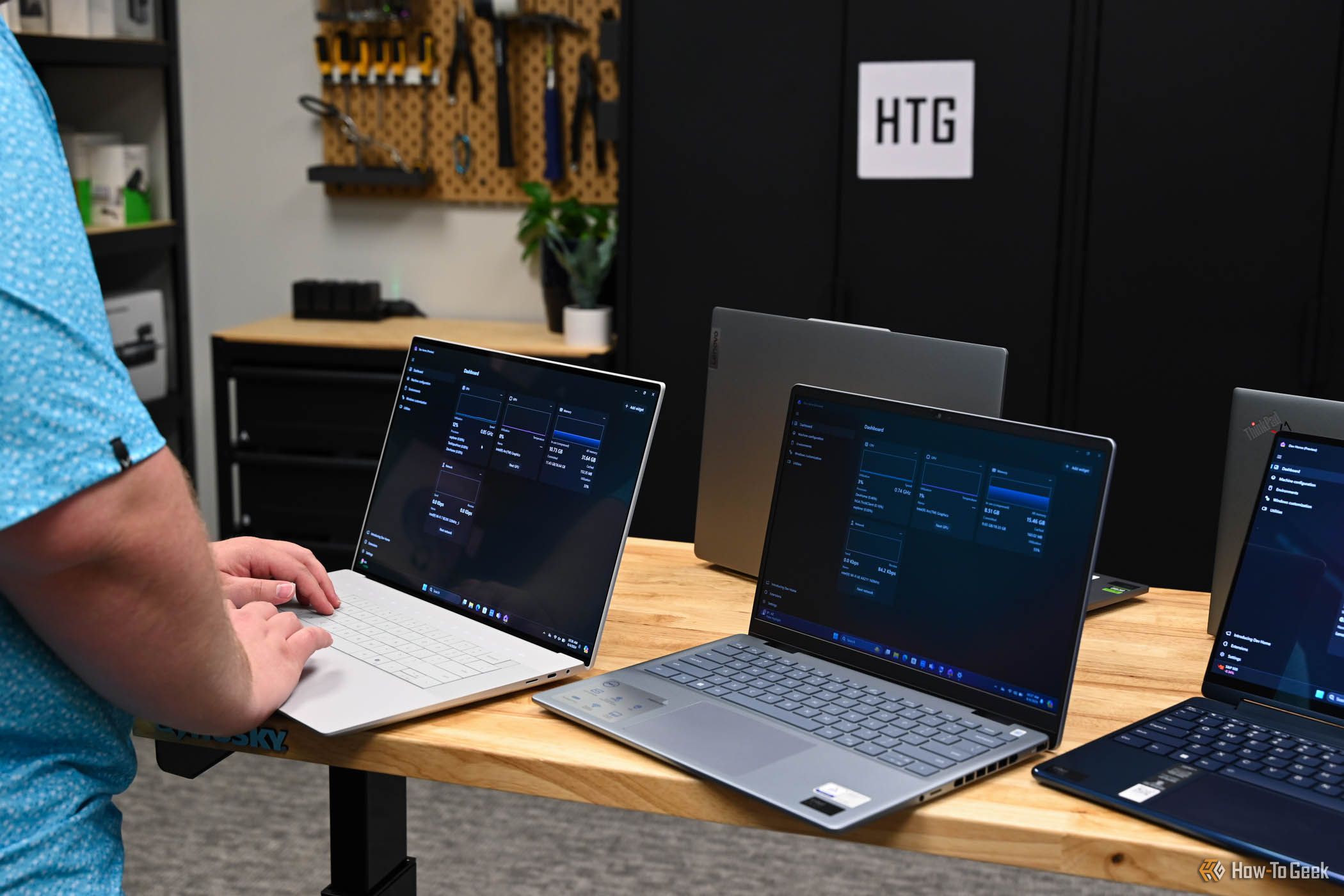
See Our Process
How We Test and Review Products at How-To Geek
We go hands-on with every product to ensure it’s worth your time and money.
Price and Availability
The Starlink Mini itself normally sells for $499, but it has been on sale as low as $399. I also purchased the official car rack mount and Starlink 12V USB-C power adapter, which cost $27 and $45 respectively.
- Brand
-
Starlink
- Range
-
1,200 sq.ft
- Wi-Fi Bands
-
802.11a/b/g/n/ac
- Ethernet Ports
-
One Ethernet LAN port
- MU-MIMO
-
Dual Band 3 x 3 MU-MIMO
- Security
-
WPA2
- Dimensions
-
430 x 334 x 79 mm
The cost of the data plans varies depending on your use case.
Plan prices are subject to change.
|
Plan Type |
Download Speed |
Upload Speed |
Data Limit |
Cost |
|---|---|---|---|---|
|
Roam 10 |
Unspecified |
Unspecified |
10GB |
$10/Month |
|
Roam 50 |
Unspecified |
Unspecified |
50GB |
$50/Month |
|
Roam Unlimited |
Unspecified |
Unspecified |
Unlimited |
$165/Month |
|
Residential Lite |
45 – 130Mbps |
10 – 20Mbps |
None |
$80/Month |
|
Residential |
100 – 270Mbps |
10 – 25Mbps |
None |
$120/Month |
There are also additional plans that you can purchase that get you priority access to data globally.
More Compact and Solid Than I Expected
I knew going into the purchase that the Starlink Mini was the smallest unit, but the size didn’t really sink in until I actually opened the box. It really is mini.
Physically, it measures 11.75 x 10.2 x 1.45 inches, and weighs just about 2.5 pounds. In many ways, carrying it around in your hands or in a pack feels like carrying a laptop.
Despite being light, the Mini actually feels quite sturdy. The antenna, the pole mount, and the included kickstand are made of hard white plastic. The kickstand didn’t creak or bend when I placed it on my desk and leaned on it.
After more than 1000 miles on top of my car, the Starlink Mini itself does show minor signs of wear. The white face (which appears to be attached using some kind of adhesive) has a few small scratches from rocks getting kicked up. However, given the circumstances, I have no complaints.
Great on a Car and Extremely Reliable
I originally purchased the Starlink Mini with the intention of taking it on a long road trip. Ordinarily, I pay for data by the gig since my monthly use is so low. However, my normal data use between my desktop and my laptop is somewhere between 500GB and 1TB, which would have resulted in a truly monumental phone bill. By comparison, the $165 per month for the Unlimited Roam plan is a pretty compelling price.
It also works pretty much anywhere, and there are still lots of places with spotty or nonexistent cell services in the United States.
As a test run, my copilot and I drove from Buffalo, New York, and Pittsburgh, Pennsylvania, and back again along two different routes with the Starlink Mini mounted on the roof rack of my car. The first was mostly south along Highway 219, which is windy, largely covered by trees, and sparsely populated. The return trip took us north up Interstate 79, then east on I90, which is just about the exact opposite.
The winding roads of 219 quickly revealed one thing: the Mini doesn’t like changing directions. Driving along at about 55mph, I regularly hit download speeds around 200Mbps and upload speeds around 15Mbps. However, long turns cut that in half, or worse. Voice chats would break up when turning sharp corners.
On the other hand, speed is not a major factor. I benchmarked Starlink Mini with a maximum download speed of 237Mbps while traveling at 75mph on I79 North. While parked at a rest stop, the best speed I was able to get while facing north was 245Mbps—hardly a difference writing home about.
In more than 20 speed tests, the only major difference I noted was latency. While stationary, my mini will get a ping as low as 20 milliseconds(ms), which is solid, even for competitive gaming. On the other hand, that more than tripled to 60-something ms while in motion. Neither ping is problematically slow, though, and I would never have noticed while browsing the web if I hadn’t actively been measuring it.
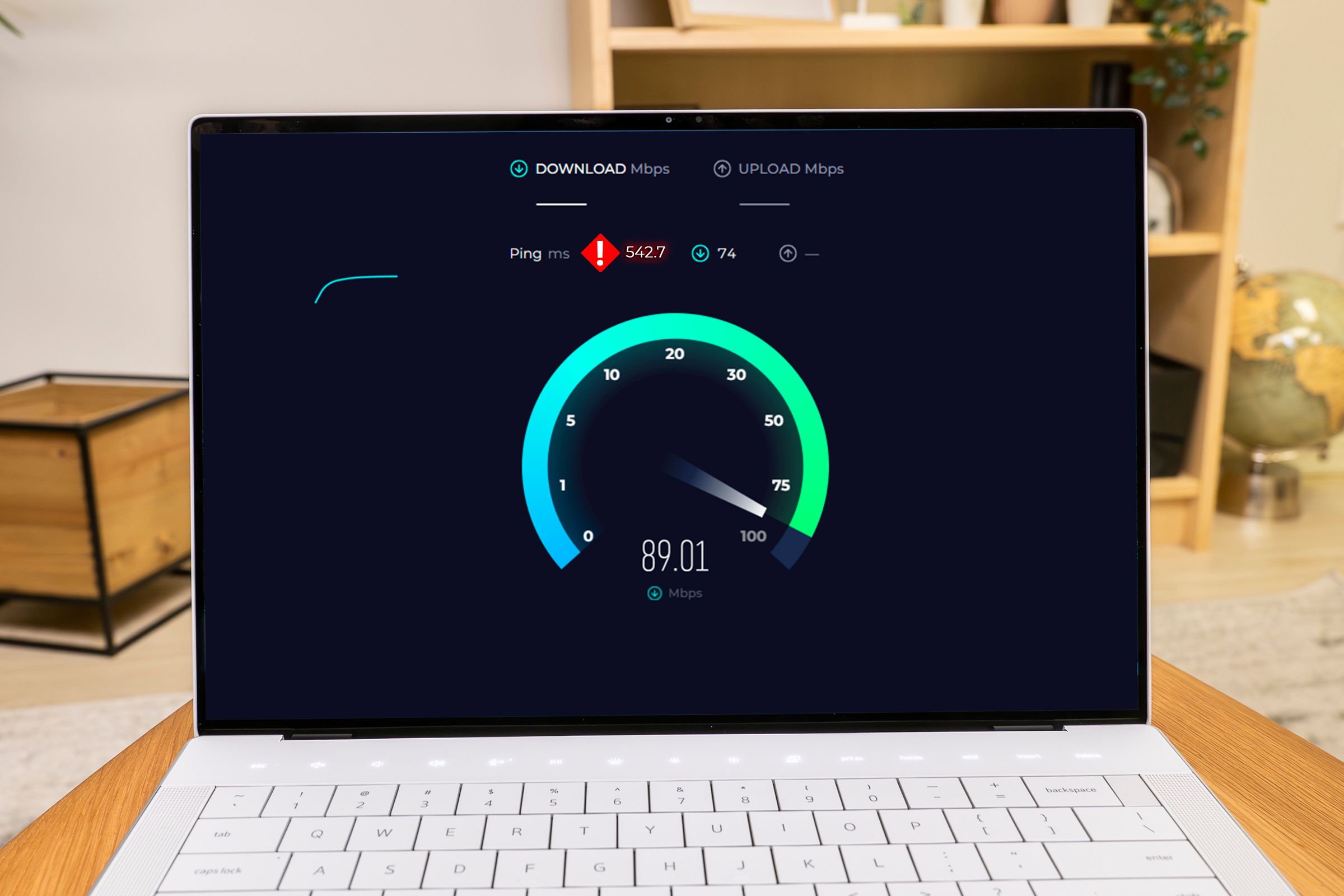
Related
Why Is My Ping So High? (And How to Lower It)
It’s over 9000!
The Starlink Mini suffers noticeably in heavy rain. We experienced a torrential downpour that was severe enough to force us to pull off to the side of the road. While it was raining, the maximum download speed was around 20Mbps. Once the rain stopped, I measured the speed a few more times before we moved and got download speeds as high as 165Mbps.
The waterproof connector did its job though. I pulled the connector out shortly after to look for signs of water infiltration and found nothing.
On the other hand, it doesn’t seem to care about the trees very much. It didn’t matter if the sky was partially occluded by branches and leaves—it happily delivered download speeds in excess of 100 megabits per second.
Based on the 2000 or so miles I’ve now driven with the Mini, I’m extremely impressed by how well it performed, even when mounted on the dash.
Great Wi-Fi Connectivity
In addition to its ability to communicate with satellites, Starlink Mini also includes a surprisingly capable Wi-Fi 5 router.
When placed on the roof of my porch, my phone had a solid signal throughout my entire house.
When I stopped at a gas station, I walked around inside a gas station more than 100 feet from where I parked, and my phone stayed connected (barely) the entire time. It also had no trouble making it through the roof of my car.
It doesn’t support Wi-Fi 7 or even Wi-Fi 6E, but it performed as well as anyone could reasonably ask considering what it is. If you need a more capable router, the Mini does feature an Ethernet port that you could use.
Easy to Set Up
When you first unpack the Mini, you’ll find four big parts: the power cable, the Mini itself, a pole mount, and a kickstand. I also purchased the optional car mount and 12V adapter from Starlink, though there are plenty of third-party options available.
The entire thing snaps together really easily, and even if you completely ignore the instructions, there is really only one way the stand fits into the Starlink. Just make sure to plug in your power cable first, because you won’t be able to once either stand is attached.
The Starlink app, available on both the Play Store and Apple’s App Store, is similarly easy to use. After plugging in your Starlink, you just connect to the Starlink network that appears, and the app will walk you through the setup and alignment process.
Once you’re done with the setup, the app also lets you keep an eye on your connection speed, data usage, and power usage.
If I could change only one thing about any of the hardware, I’d add an optional anti-theft bolt to the car mount, and perhaps some kind of frame that prevents the Starlink from being lifted off the mount. As it stands, you just clamp it on by tightening a screw with your hand or a pair of pliers. I frequently found myself worrying that someone would quickly snatch it off the roof rack of my vehicle at rest stops.
A Game Changer for Emergencies
I’ve been using the Starlink Mini for fun, but the most striking takeaway is just how incredible it could be in an emergency.
It uses anywhere between 20 and 60 watts, which means that even continuous operation might consume 1.5 kilowatt-hours per day on the high end. Large home batteries, like the Anker SOLIX F3800 Plus, could power it for several days. If you had a few solar panels to throw into the mix, you could probably run it indefinitely if you were careful with your use.
Emergency services could easily carry the Starlink Mini with portable power into areas with damaged infrastructure to provide communications; residents could have their own Starlinks on hand.
My Starlink Mini will probably become a permanent fixture in my car, since large areas around me still don’t have reliable cellular service.
Should You Buy the Starlink Mini?
The Starlink Mini is fun if you’re going to be traveling—and works spectacularly in that fashion—but the potential value it offers in emergencies really became the selling point for me. Information and communication are key in an emergency, and the Mini provides easy access to both.
If I lived somewhere prone to natural disasters, I’d certainly include a Starlink Mini and a large battery in my emergency supplies.
For everyone else, it gets a little harder to recommend universally. Starlink has other, larger antennas that are more suitable for residential use than the Mini, and if I were only going to use it in a fixed location, I’d certainly pick one of those instead.
However, if you travel a lot and need fast internet, Starlink Mini really has no competition at this time. It absolutely smoked the average 5G speeds I see while traveling in my car, and it works anywhere. Additionally, it doesn’t have the same kind of data caps that are still commonly found in “unlimited” data plans.

- Brand
-
Starlink
- Range
-
1,200 sq.ft
- Wi-Fi Bands
-
802.11a/b/g/n/ac
- Ethernet Ports
-
One Ethernet LAN port
Starlink Mini is a compact, portable kit that can easily fit in a backpack, designed to provide high-speed, low-latency internet on the go. It includes a built-in WiFi router, lower power consumption, DC power input, and max download speeds over 100 Mbps.
